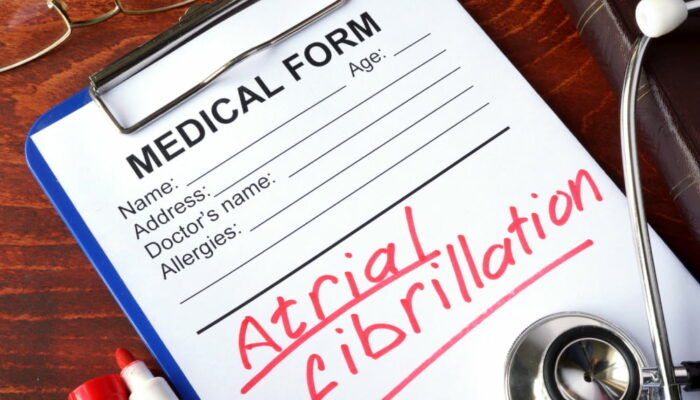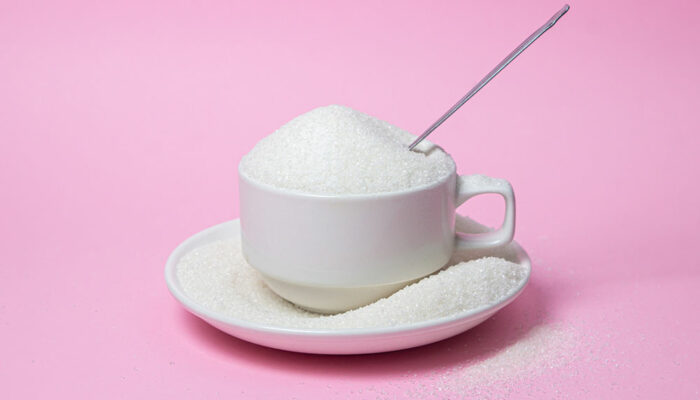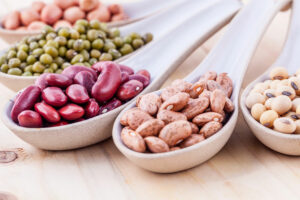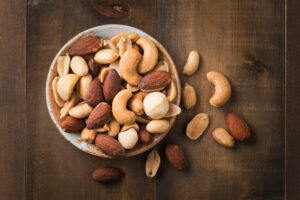
12 lesser-known symptoms of a migraine
Besides throbbing head pain, migraines can cause a range of lesser-known symptoms that can be equally distressing. From elusive prodrome signs like mood changes and food cravings to sensory disturbances like altered taste and auditory sensitivity, these hidden aspects of migraines significantly impact a person’s well-being in the long run. This brief post sheds light on a few lesser-known migraine symptoms, emphasizing their importance in accurate diagnosis and better management. Prodrome symptoms Before the onset of the actual headache, many migraine patients experience a phase known as the prodrome. This phase can trigger various subtle symptoms: Mood changes: Individuals may experience mood swings, irritability, or sudden changes in temperament. Some become unusually excitable or anxious during this phase. Food cravings: Intense cravings for specific foods, especially sweets or carbohydrates, can be a prodromal symptom. These cravings are thought to be related to changes in brain chemistry. Increased thirst and urination: Some notice increased thirst and more frequent urination during the prodrome phase. This can be attributed to shifts in the body’s fluid balance. Neck stiffness: Neck stiffness or discomfort is a less-common prodromal sign but can cause discomfort. Sensory changes Migraines can profoundly affect the senses, leading to a range of unusual experiences:
Read More 











